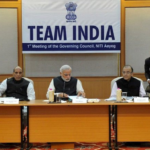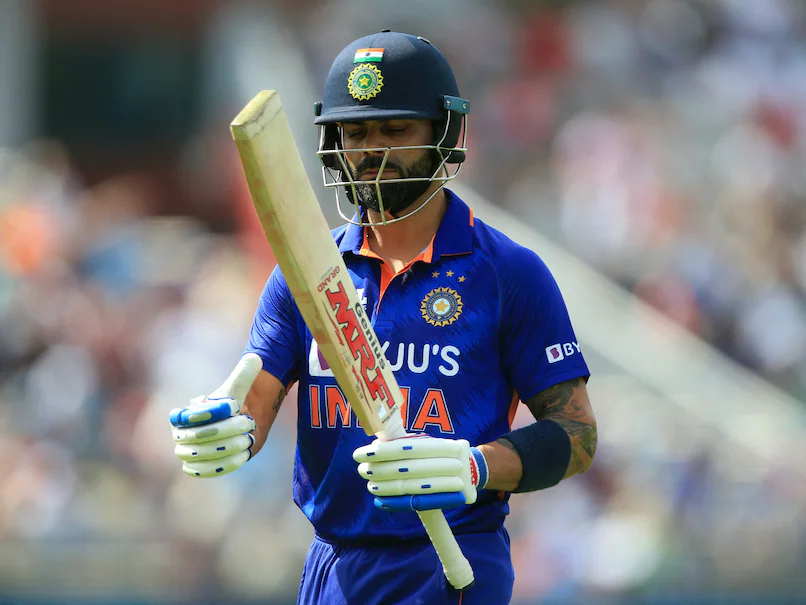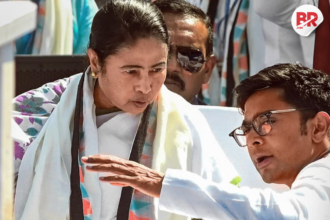
Bastar 2.0 is no longer just a dream; it’s fast becoming a bold plan. At the 10th NITI Aayog Governing Council meeting chaired by Prime Minister Narendra Modi, Chhattisgarh Chief Minister Vishnu Deo Sai laid out a striking vision.
The goal? To build a Rs 75 lakh crore economy by 2047 and make Bastar a model of development free from Naxal violence.

But what does this mean for the people living in Bastar, a region once infamous worldwide for its Naxal troubles?
Simply put, it means hope. Children who used to gather firewood in forests are now learning to operate machines and use laptops. The government has set up skill centers across Bastar and 32 nearby blocks to teach computer skills, healthcare, food processing, and more. This is no small change — it’s a complete reboot of how local youth prepare for the future.
Also Read Maoist Leader With Rs 10 Lakh Bounty Killed in Jharkhand: Another Blow to Naxalism
The plan, called the “Chhattisgarh Anjor Vision Document,” is built on the 3T model: Technology, Transparency, and Transformation.
The focus is on uplifting tribal communities and doubling the state’s Gross State Domestic Product (GSDP) in just five years.
Along with skilling the workforce, Bastar is attracting big investments. For example, India’s first semiconductor factory and an AI data center are set up in Nava Raipur, boosting tech adoption and job creation across the state.
CM Sai is clear that the fight against Naxalism is far from over. His government uses a mix of security, rehabilitation, and development to ensure peace lasts. Surrendered Naxals are not only disarmed but offered new skills and jobs, helping them rejoin society positively.
The ambition goes beyond just Bastar. The Anjor Vision aims to increase per capita income tenfold by 2047 and digitally track every government scheme for transparency. Ten focused missions cover vital sectors like education, healthcare, agriculture, IT, and tourism. This tech-enabled system will ensure every rupee spent benefits the people directly.
A sign of success? Dhudmaras village in Bastar was named one of the “Best Tourism Villages” by the United Nations. That’s a huge turnaround from a region once seen as unsafe and underdeveloped.
Bastar 2.0 is more than a development plan—it’s a story of transformation, hope, and resilience. It shows how even the toughest challenges can turn into opportunities with the right vision and leadership.
Also Read PM Modi at Niti Aayog: Centre and States Must Unite Like Team India to Achieve Goals












